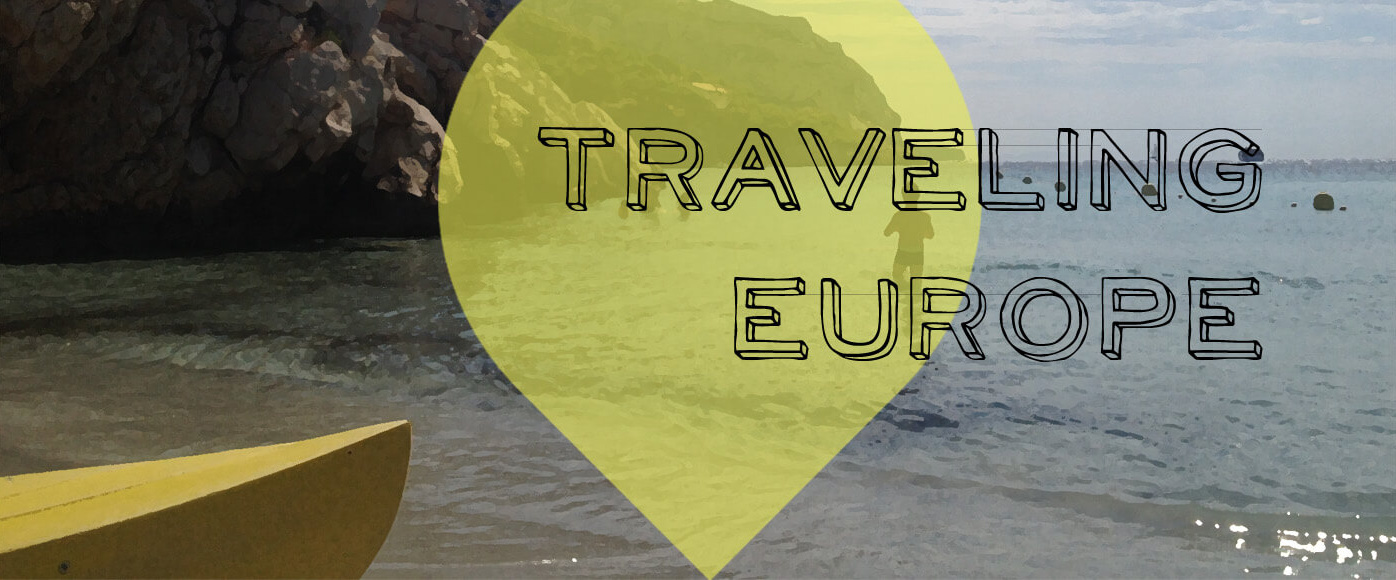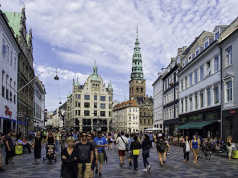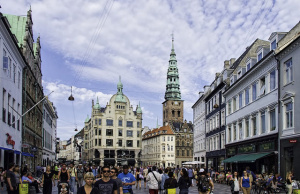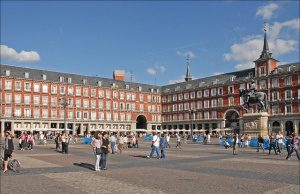Did you know that rakija is the cure for everything?
If I’ve taken anything away from my trip to Serbia last week it is just that.
- Toothache? Drink some rakija.
- Stomachache? Drink some rakija.
- Sore throat? Drink some rakija.
- Depressed? Drink some rakija.
- Anxious? Drink some rakija.
- Baby can’t sleep? Give them a few drops and then drink some rakija yourself.
- Just had a break up? Drink some rakija. Duh.
- Insert any problem here. Solution: Drink some rakija.
When and How Should You Drink Rakija?
During my walking tour of Belgrade, our guide informed us that it is very common, especially for the men of older generations, to drink rakija every morning when you first wake up before eating anything. Typically, you should only drink it by sipping it slowly, but in this instance it can be acceptable to shot it. This has been medically proven to ensure a long and healthy life. I assure you.
Interestingly rakija is also good to drink before a meal, as it will heal with digestion as well as after a meal and of course with friends in the evening to get the party started! Essentially, at any point of the day it is not only socially acceptable to drink, but it is encouraged!
What is Rakija Exactly?
So what is this mysterious little drink that has been a staple of not only the Serbian, but also other Balkan countries (Albania, Bosnia and Herzegovina, Bulgaria, Croatia, Romania, Kosovo, Macedonia and Montenegro) diet for generations?
Rakija is essentially a fruit brandy that is made by the distillation of fermented fruits. It is considered a strong drink, with an average alcohol content of 40%, though you can find much stronger ones if they are homemade (a common tradition in the region).
There are also many different types of rakija, with the most popular variety typically made from plums (šljivovica), which have been domestically produced for almost 800 years and remain a very important product of the region, but you can also find them made of apricot (kajsijevača), quince (dunjevača), grape (lozovača) and with herbs (travarica).
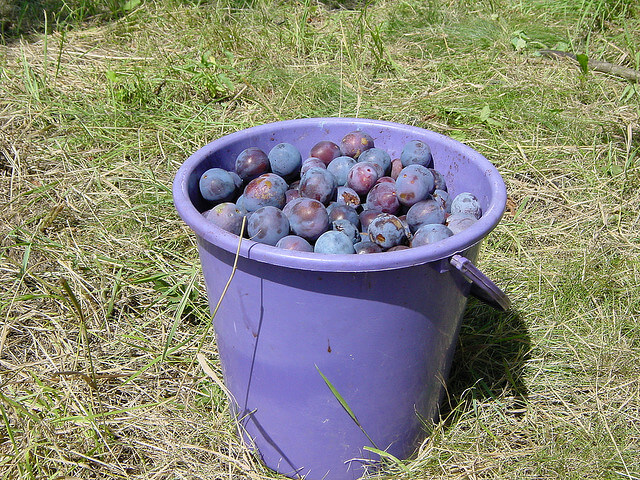
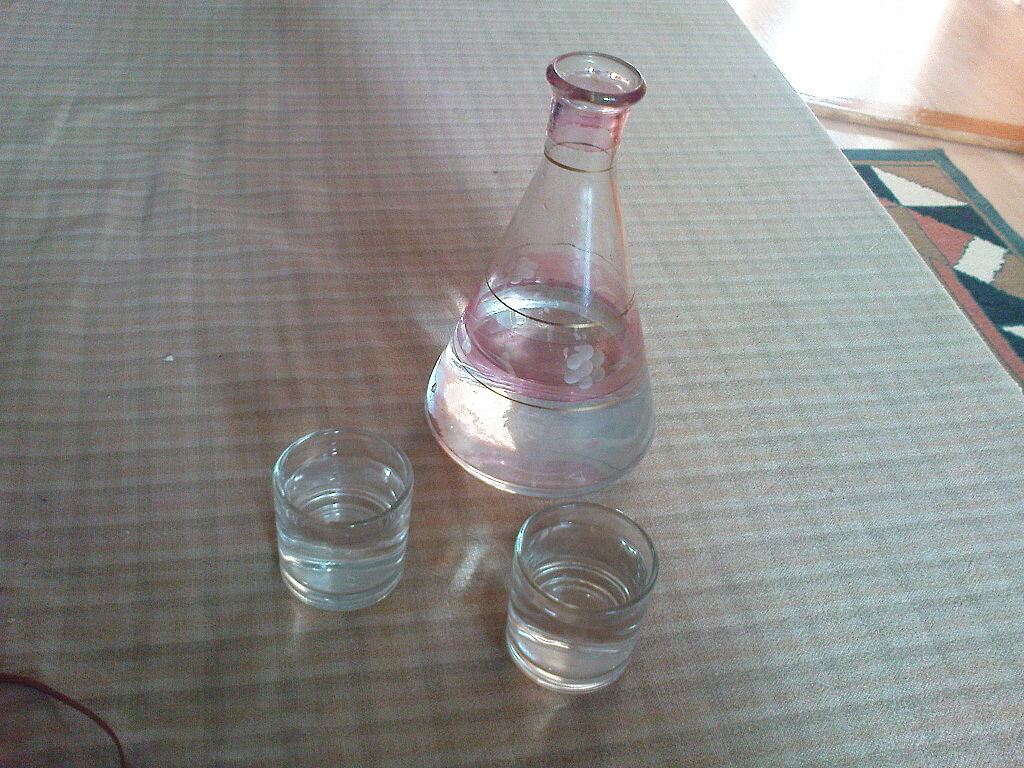
Many times, it is also served in a čokanjče, a small glass which has a smaller opening at the top. This is for a few reasons. The first is that after a few rakijas, you may start to get a bit drunk and very active with your hands when you speak. The second reason is so that you can bring your rakija to the dance floor. The smaller opening ensures that you won’t spill the precious drink!
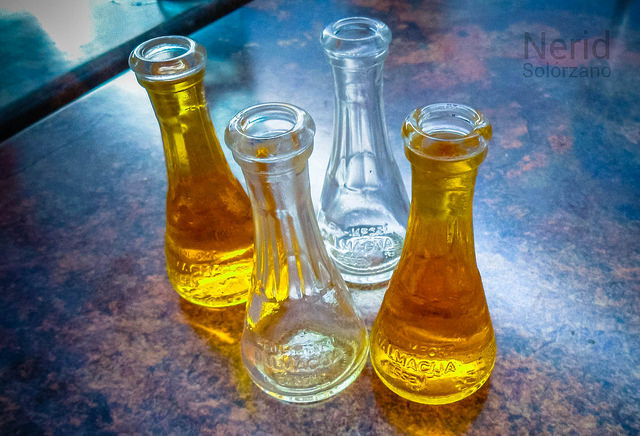
When visiting Serbia, or any other Balkan country for that matter, expect to be offered a lot of rakija. Don’t let this opportunity go to waste! It’s actually really delicious, especially when you have a high quality version like the one we did at my friends Serbian wedding!
